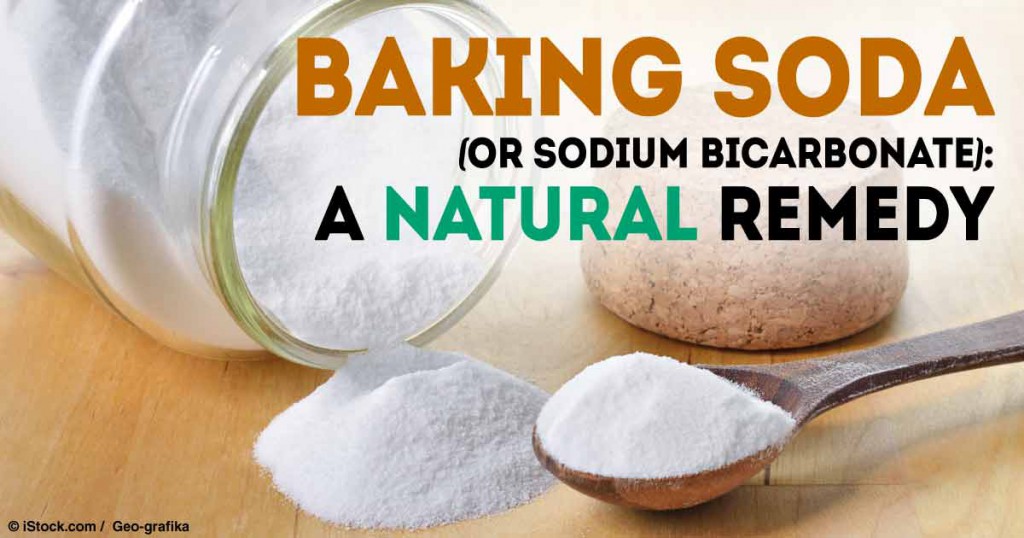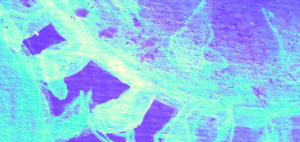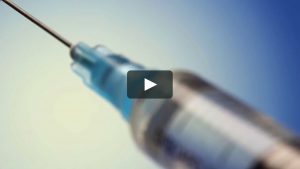How Baking Soda Can Help Stop Cancer

We’ve documented my experiment with a topical baking soda treatment for skin cancer and posed the question of how sodium bicarbonate could be used internally for cancer treatments, most notably nebulizing baking soda for lung cancer treatment. It turns out there are plenty of theoretical approaches, which we will highlight here.

First, let’s explore the effectiveness of sodium bicarbonate in treating cancer. David Mihalovic describes the environment of cancerous growth this way:
malignant tumors represent masses of rapidly growing cells. The rapid rate of growth experienced by these cells means that cellular metabolism also proceeds at very high rates.
Therefore, cancer cells are using a lot more carbohydrates and sugars to generate energy in the form of ATP (adenosine triphosphate).
However, some of the compounds formed from the energy production include lactic acid and pyruvic acid. Under normal circumstances, these compounds are cleared and utilized as soon as they are produced. But cancer cells are experiencing metabolism at a much faster rate. Therefore, these organic acid accumulate in the immediate environment of the tumor.
The high level of extracellular acidity around the tumor is one of the chief driving force behind the metastasis of cancer tumors.
And the theory is that by “buffering the tumor microenvironment with an alkalizing compound, the pH of tumors can be raised enough to starve them and stop their growth and spread.”
Does it Work?
There was a study in 2009 that showed baking soda prevented cancer metastases in laboratory mice and there is plenty of anecdotal evidence that ingesting baking soda and thus increasing the body’s alkalinity eliminates cancer. In Dr. Mark Sircus’s book Sodium Bicarbonate, he details a case in which a stage 4 prostate cancer patient used a baking soda and molasses oral treatment to reduce prostate-specific antigen (PSA):
On the first day, the patient mixed 1 teaspoon of baking soda with 1 teaspoon of molasses in a cup of water. He took this for another 3 days after which his saliva pH read 7.0 and his urine pH read 7.5.
Encouraged by these results, the patient took the solution 2 times on day 5 instead of once daily. And from day 6 – 10, he took 2 teaspoons each of baking soda and molasses twice daily.
By the 10th day, the patient’s pH had risen to 8.5 and the only side effects experienced were headaches and night sweat (similar to cesium therapy).
The next day, the patient had a bone scan and too other medical tests. His results showed that his PSA (prostate-specific antigen, the protein used to determine the severity of prostate enlargement and prostate cancer) level was down from 22.3 at the point of diagnosis to 0.1.
Another interesting approach is nebulizing sodium bicarbonate for treatment of lung and esophageal cancers. As of this writing, we can find no peer-reviewed studies on the effects of inhaling NaHCO3 except for one demonstrating its safety, but Dr. Simoncini from Italy is convinced that it is effective:
I have some exciting news to report. We have been administering 8.4% sodium bicarbonate to our lung cancer patients by nebulizer inhalation, along with our regular intravenous treatment protocols. Currently, we have received back an all-clear PET scan on a non-small cell lung cancer case! There is no question, when comparing the baseline scan and the post treatment one, showing no residual malignancy remaining. The only thing which could account for having resolved this non-small cell lung cancer case -the one element of treatment we had added- was sodium bicarbonate by nebulizer inhalation. There can be no other explanation for this victory. The sodium bicarbonate was the element which made the difference.
Also, we are getting good response against mesothelioma, using the direct inhalation method with the 8.4% sterile vials of sodium bicarbonate. I wanted to let you know about this. Of course, now we are administering sodium bicarbonate by inhalation therapy to all cancer patients which have lung cancer or another form of malignancy with mets to the lungs.”
Clearly, this needs to be reproduced in a large-scale study, but the findings are tantalizing.
It’s important to note that high alkalinity in the blood can be very dangerous—even more so than the diseases it can cure so we recommend a progressive approach with constant observation from a qualified physician.







